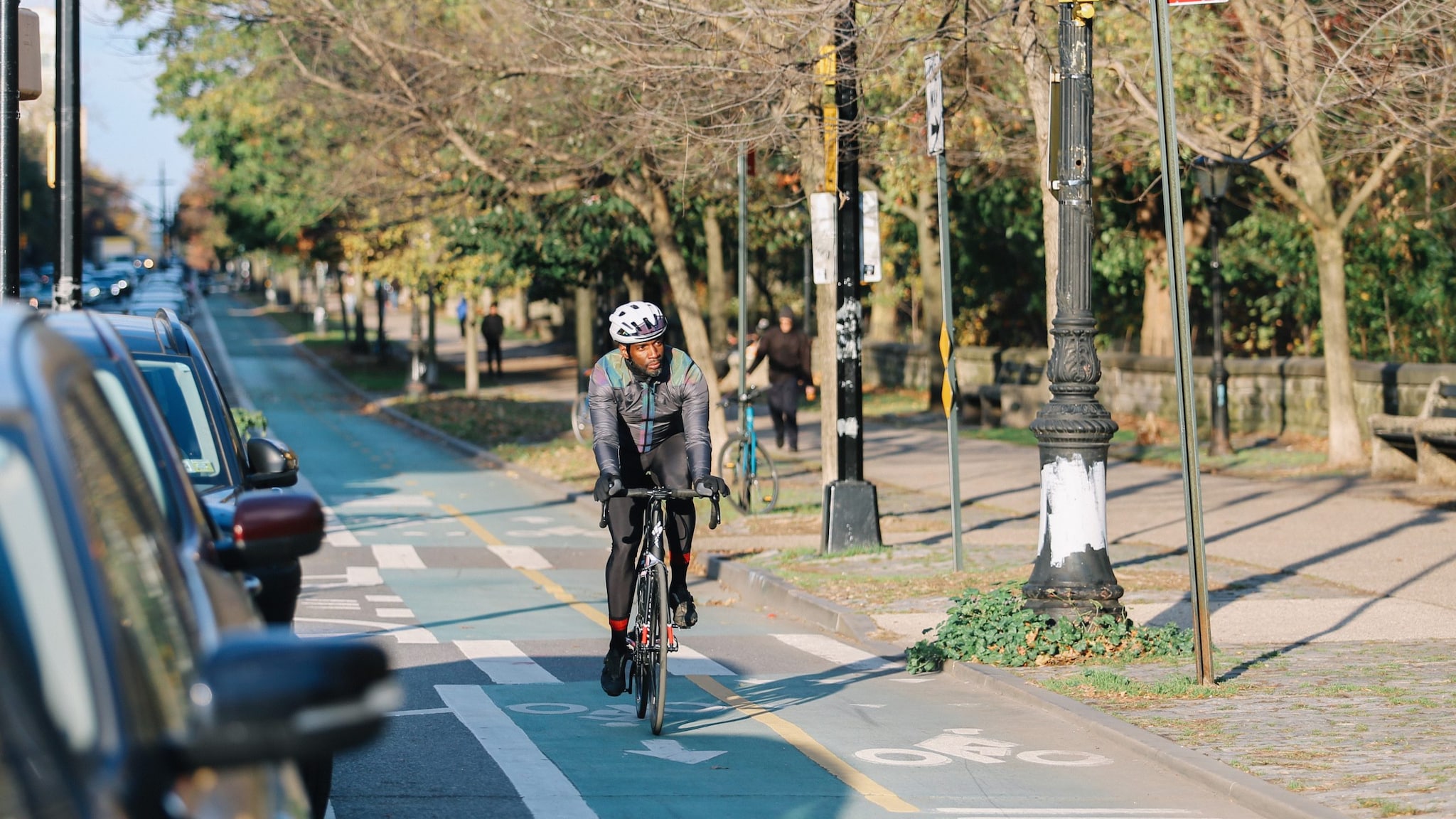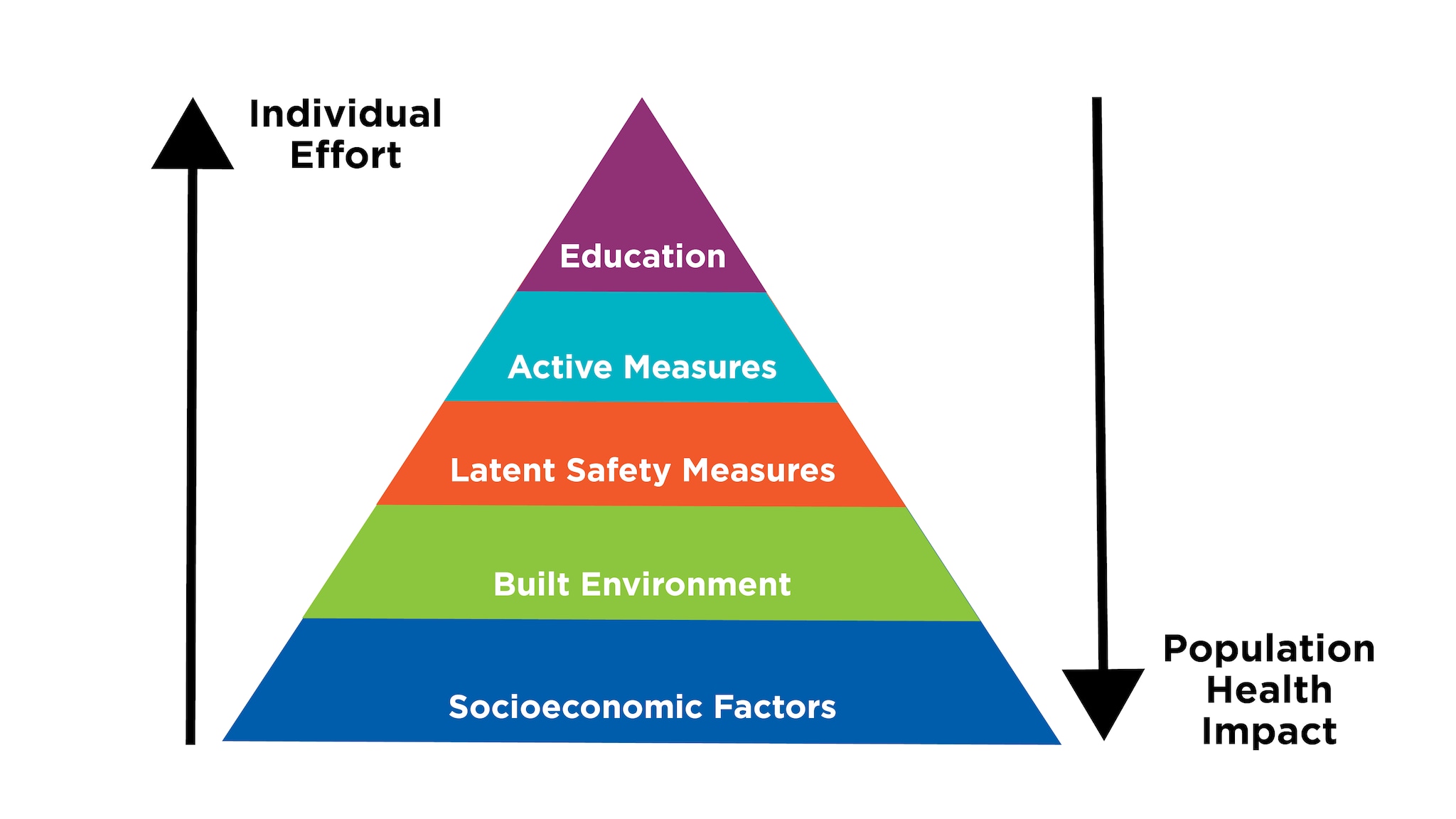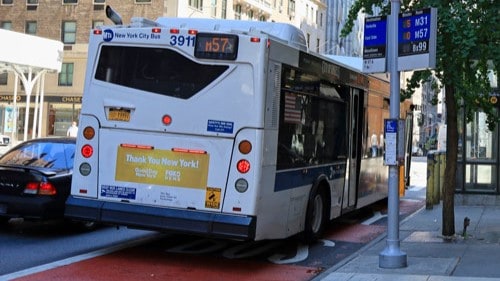Key points
- Transportation can influence quality of life, health, and safety.
- Transportation policies and programs can protect and promote health while moving people and goods where they need and want to go.

Overview
Transportation systems can significantly influence quality of life, health, and safety. Good transportation policies and programs protect and promote health while also ensuring easy access for people and goods to reach their destinations.
Opportunity
Transportation improvements can save and improve lives by:
- Promoting opportunities for physical activity.
- Reducing and preventing motor-vehicle-related injury and deaths.
- Improving environmental health.
Expanding everyone's access to safe transportation options can also stimulate economic development and address health disparities.
This work involves transportation professionals, public health, community organizations, employers, government, and others.
The Safe Systems Pyramid

Rationale
Improved transportation policies and actions can address several public health concerns, including:
Physical inactivity contributes to people's chances of getting many chronic diseases. These include obesity, diabetes, heart disease, stroke, and some cancers.
Many Americans view walking and bicycling in their communities as unsafe because of traffic speed and volume as well as the lack of sidewalks, crosswalks, and bicycle infrastructure.
Motor vehicle crashes are the leading cause of injury-related deaths for many age groups. People at greater risk of death from motor vehicle crashes include:
- Pedestrians and bicyclists, especially people walking in low-income communities.
- Older adults.
- People of color.
A lack of efficient alternatives to vehicle travel affects some groups more than others. Those more likely to be affected include:
- People with lower incomes.
- Older adults.
- People with disabilities.
- Children.
The lack of efficient transportation can limit access to jobs, health care, social interaction, and healthy foods.
Air pollution from motor vehicles continues to contribute to harmful respiratory and cardiovascular health effects.
Transportation accounts for approximately one-third of all U.S. greenhouse gas emissions, which contribute to climate change2.

Recommendations
In 2010, CDC published Recommendations for Improving Health Through Transportation Policy. These recommendations specifically consider public health within transportation issues. The recommendations were developed with input from the U.S. Department of Transportation and other partners.
Key recommendations include the following, which may be considered within the Safe Systems framework:
Promote active transportation
Design, build, and maintain active transportation infrastructure that responds to community needs. The built environment can make it safe, easy, and appealing to get to everyday destinations through active transportation. Infrastructure may include roads, sidewalks, bike infrastructure, and public transportation stops.
Encourage healthy community design
Incorporate healthy community design elements to promote health and safety including:
- Street pattern design and connectivity.
- Pedestrian and bicycle infrastructure.
- Public transit infrastructure and access.
- Zoning/land use policies.
Multiple sectors can work together to help design communities for health. Sectors can include transportation, community planning, public heatlh, community organizations, schools, and housing.
Expand public transportation
Expand public transportation systems to:
- Reduce need for single occupancy vehicle trips.
- Reduce automobile emission production.
- Increase physical activity.
- Improve transportation safety.
- Provide necessary transportation access for people with physical, economic, or other limitations.
Reduce injuries associated with motor vehicle crashes
Help prevent injuries and deaths with proven strategies. In the United States, unintentional injuries which include motor vehicle crashes are a leading cause of death.3 Motor vehicle crashes kill more than 100 people every day.4 However, motor vehicle crash injuries and deaths are preventable.
Design to minimize harmful health and safety consequences
Consider conducting health impact assessments and safety audits to avoid creating health and safety problems. They can help to identify and limit potential harmful health or safety effects of a new policy, program, or project.
Require research and surveillance
Use surveillance, research, and evaluation information to determine:
- Who is affected by transportation systems.
- How transportation systems affect health.
- Whether interventions work as intended.
Improve air quality
Limit transportation-related air pollutants that are one of the largest contributors to unhealthy air quality2. Exposure to traffic emissions has been linked to premature deaths, cardiac symptoms, worsening of asthma symptoms, reduced lung function, and hospitalization.
Support professional development and job creation
Train existing workers and enhance their skills and abilities. Also, bring new workers with various skill levels into the fields of:
- Public health
- Public policy
- Urban planning
- Transportation engineering
Resources
Health Impact in Five Years (Hi-5) Interventions
See several transportation-related interventions.
Public Health Action Guide – Public Transportation
Actions for public health practitioners to increase access to public transportation in their communities.
Safe Systems Pyramid
Framework for transportation professionals to consider population level interventions while controlling risk factors and promoting protective factors.
Transportation Sector: What's Your Role?
How transportation professionals can promote active living by helping improve pedestrian, cycling, and transit spaces.
Transportation and Health Tool
Easy access to data to examine the health impacts of transportation systems.
Transportation and Health: Policy Interventions for Safer, Healthier People and Communities
Effects of transportation policies on public health in three key areas:
- Environment and environmental public health.
- Community design and active transportation.
- Motor vehicle-related injuries and fatalities.
- Ederer DJ, Panik RT, Botchwey N, Watkins K. The Safe Systems Pyramid: A new framework for traffic safety. Transportation Research Interdisciplinary Perspectives. 2023;21.100905. doi:10.1016/j.trip.2023.100905
- U.S. Environmental Protection Agency. Fast Facts on Transportation Greenhouse Gas Emissions. Accessed November 4, 2024. https://www.epa.gov/greenvehicles/fast-facts-transportation-greenhouse-gas-emissions
- Kochanek KD, Murphy SL, Xu J, Arias E. Mortality in the United States, 2022. NCHS Data Brief. 2024; 492:1–8.
- Crash*Stats: Early Estimate of Motor Vehicle Traffic Fatalities in 2023. National Highway Traffic Safety Administration, U.S. Department of Transportation; 2024.
